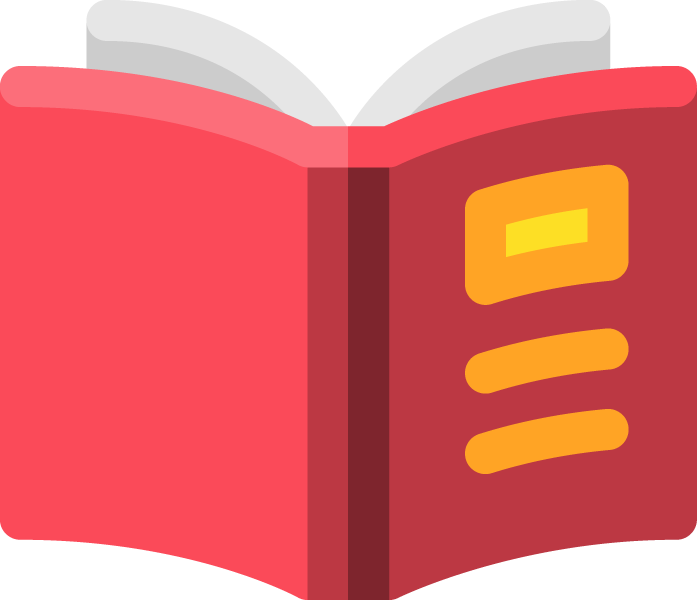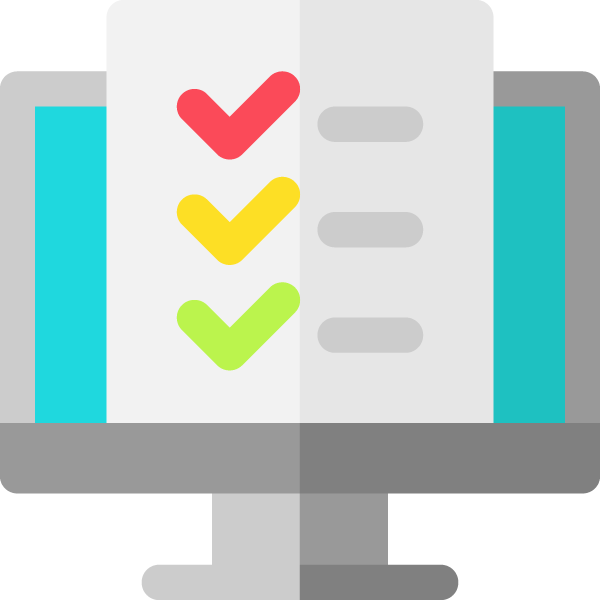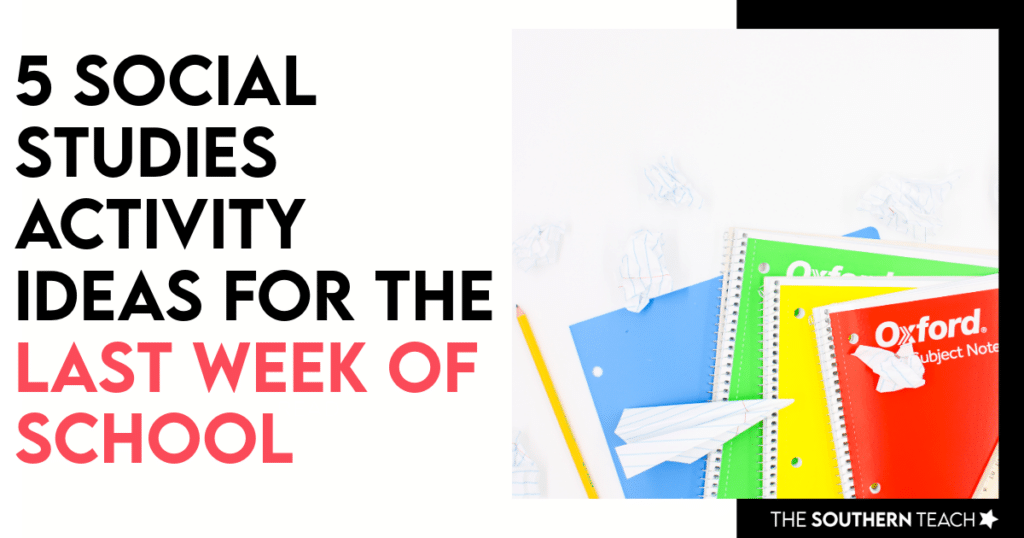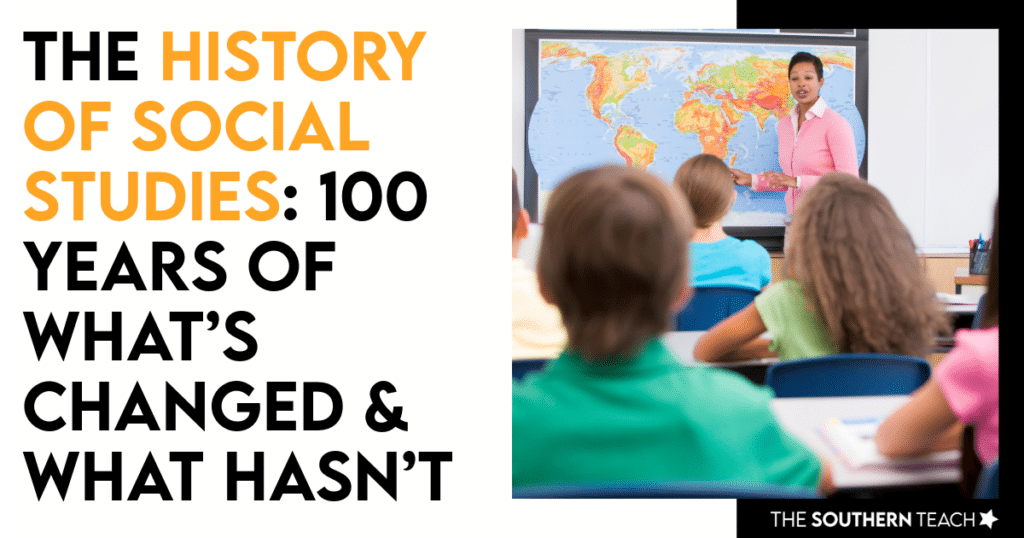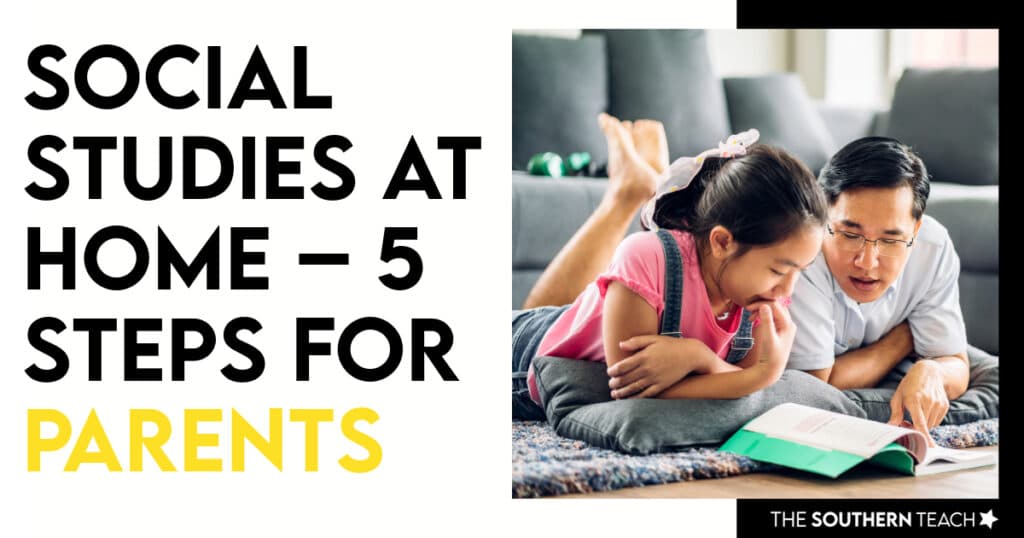Share This Post:
Artificial intelligence (AI) is technology that can perform tasks typically requiring human intelligence, such as problem-solving, analyzing information, and even generating text, images, or speech. In everyday life, AI powers tools like Google Search, Alexa, Siri, and even Netflix recommendations. Let’s be honest – AI tools are everywhere, these days and it can definitely feel overwhelming.
So what about AI in education? As expected, AI tools for teachers are evolving quickly. They’re helping educators personalize learning, automate tasks, design rubrics, and create engaging content. When used effectively, AI tools can be used in such powerful ways.
How has AI evolved in the classroom?
Even ten years ago, classroom technology was fairly simple: smartboards, digital textbooks, and basic online quizzes were commonplace. Fast forward to today, and AI tools are reshaping the learning landscape in exciting new ways. Teachers now have access to tools that can do so many things. For example:
- Generate Lesson Plans Instantly – We can now save time with smart suggestions tailored to our subject and grade level.
- Create Rubrics and Worksheets – It’s easier than ever to quickly develop high-quality, customized materials with just a few prompts.
- Provide On-Demand Tutoring – AI chatbots and assistants can help students review concepts and get support anytime.
- Offer Virtual Reality Field Trips – We are able to transport students to historical sites, ancient civilizations, and world landmarks – all without leaving the classroom.

While AI tools aren’t perfect, it continues to improve rapidly. The possibilities are growing, and they’re opening doors for more personalized, immersive, and engaging learning opportunities.
Using AI Tools in Social Studies
There are so many exciting AI tools that work especially well in a social studies classroom. Students can now take virtual tours of ancient ruins, explore historical events through simulated timelines or generate primary source-style texts. AI tools are transforming how students interact with history.
With the help of AI, students can go beyond the textbook and experience history in ways that were once impossible in a traditional classroom. This can make social studies more interactive, relatable and accessible for young learners.


New AI programs:
Let’s look at how AI tools for teachers, specifically for social studies can make planning easier and more dynamic. Here are a few game-changing tools to explore.
ChatGPT
Use ChatGPT to generate lesson ideas, discussion questions, or even full units. For example, you could type in: “Create a 5-day unit on the American Revolution with engaging activities,” and within seconds a unit will be available (with some needed tweaking, of course). It’s fast, flexible, and great for when you need a little planning boost. Both free and paid versions are available.
EduAide
EduAide.ai is a specifically education-focused AI tool that generates a variety of lesson plans, activities, and projects based on a topic or standard. You can also customize the grade level so it’s written at an age-appropriate level. I am a big fan of this one!
Magic School
Magic School is similar to EduAide.ai because this platform is specifically designed for teachers. It helps you quickly generate lesson plans, rubrics, parent emails and more.
Quizizz & Kahoot
Quizizz & Kahoot both are classic educational technology platforms that now allow you to auto-generate quizzes on any social studies topic in seconds. These are perfect for review and making learning more interactive.
Want more information about using Kahoot? Be sure to check out this post all about incorporating Kahoot in the classroom!
Edpuzzle
Edpuzzle is another one of my personal favorites! Upload a YouTube video on any social studies topic. AI will then create comprehension questions for students to answer while watching! The video even pauses so students can respond to the questions before continuing. You can also select if you want questions to be multiple choice or open-ended.
Google Arts and Culture
Google Arts and Culture is a free platform that brings history and culture to life. It includes videos, images, media and archives. Access museum collections, landmarks, and interactive stories on movements like women’s suffrage or the Civil Rights Movement. I would have loved exploring this one with my students!
Google Earth
With Google Earth you can explore decades-old imagery, watch how landscapes have changed, and take students on virtual field trips to historical sites, important landmarks or ancient civilizations.
Google Gemini
Google Gemini is a chat-based tool (similar to ChatGPT) is great for students already familiar with Google tools. For example, type in “I need to research the Thirteen Colonies.” It will return a summary with paraphrased facts and links to reliable sources. It is great for practicing research and paraphrasing skills.
Common Questions About AI in the Classroom
“Will AI replace teachers?”
No! AI is a tool, not a replacement. It supports your work, but only you can bring the connection, guidance, adaptability, and empathy students need!
“How do I make sure students use AI ethically?”
Teaching students how to use AI responsibly is important. AI should be used for brainstorming, summarizing, researching and gathering ideas, not replacing their own thinking. Show them how to cite sources and use it to build on what they learn.
“What if AI-generated content is biased?”
AI pulls from existing data, so biases in historical narratives can appear. This can actually be a great teaching moment! It opens up discussions about being aware of bias (including our own).
AI in education isn’t going anywhere, so the best thing we can do is learn these tools! When used with intention, these AI tools for teachers can enhance how we teach, how students learn, and how we all connect to history. Try out a few of these tools and see how they can make your social studies classroom more engaging, efficient, and exciting.
kirsten hammond
Kirsten is a former 3rd and 5th grade teacher who loves helping upper elementary teachers by creating resources and sharing ideas that are engaging, research-based, and TEKS-aligned. She is a work-from-home mama of 3 rambunctious little ones and loves running, true crime, and lots of coffee.

